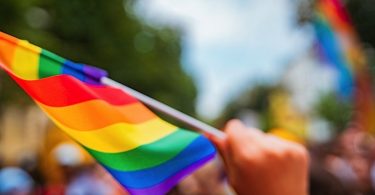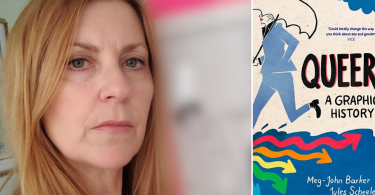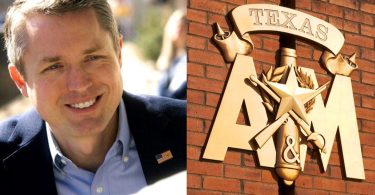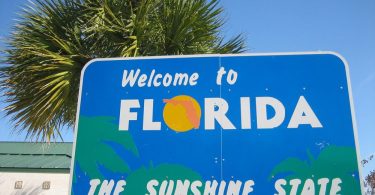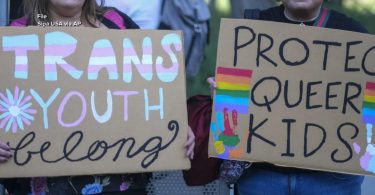Capturing Rainbows is a new website and Facebook group gathering together the everyday stories and photographs of gay men. It hopes to expand to include lesbian, bisexual and transgender stories.
The initiative was created by US-based Mike Balaban and Tom Walker.
Balaban, 65, grew up near the Florida border with Alabama. He relocated as a young man to New York, where he has remained for much of his adult life.
While he spent his career in banking and consulting, he also always loved taking photos. He now dedicates himself to work with non-profits.
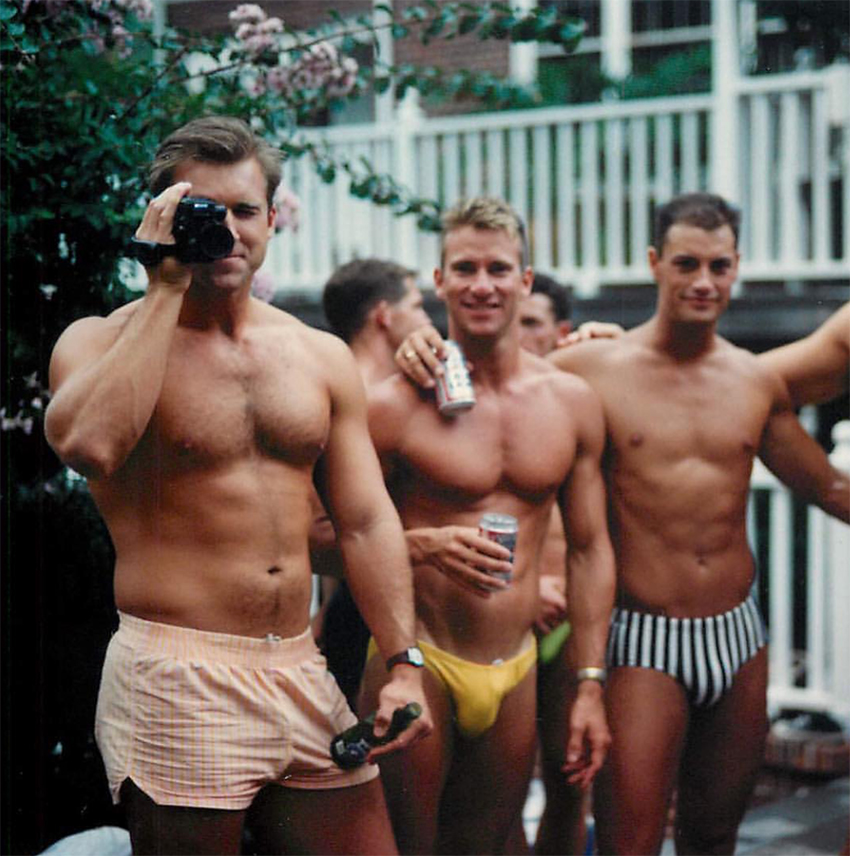
Pool party during HotLanta in Atlanta, August 1992 (Photo: Mike Balaban)
Walker, 60, also spent much of his adult life in New York. He worked in publishing and then digital advertising. He relocated to Honolulu, Hawaii, in 2013 after working on a project there and falling in love with the island.
Rediscovering photos from the past
Despite both living in NYC for decades, having mutual friends, and even attending the same gym, the two men did not know each other: That’s until they were recently introduced by a mutual friend, documentarian Jeff Dupre, who believed they shared a common interest.
Balaban had begun to trawl through his hundreds of old photos from the 70s, 80s and 90s. He began to post them online (see @bammer47 on Instagram). Many of them showed gay men partying and hanging out together in decades past.
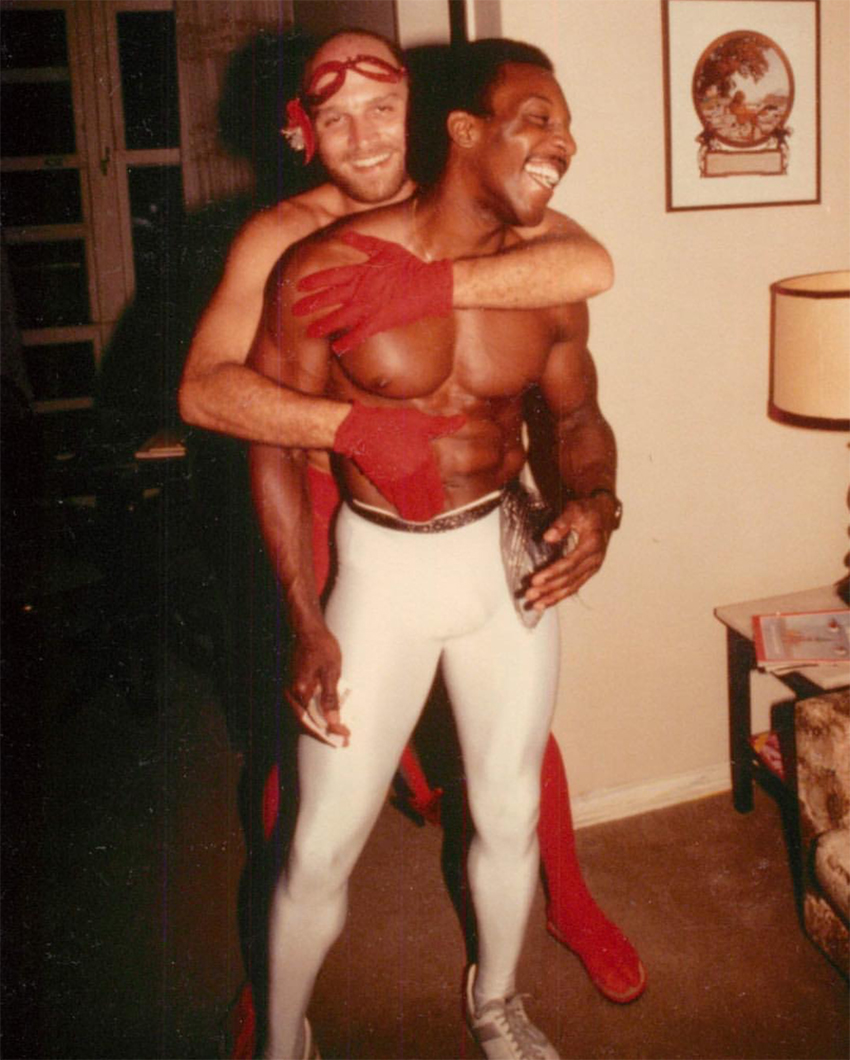
Mike Balaban (left) and friend in Rio de Janeiro, 1983 (Photo: Mike Balaban)
To his surprise, people outside of his immediate circle began to comment and like the images.
Both men tell me they have come to appreciate the importance of documenting history.
‘Tom helped me take the gay history of my photos and think about the larger context,’ Balaban tells me via a Skype conference call.
Balaban says he was initially thinking his photos might be turned into a book. Walker, who worked on best-selling photo books in the 80s and 90s, explained that the bottom had fallen out of the market. Creating an online space could connect with a much bigger audience. Even more so if it showcased photographs and stories.
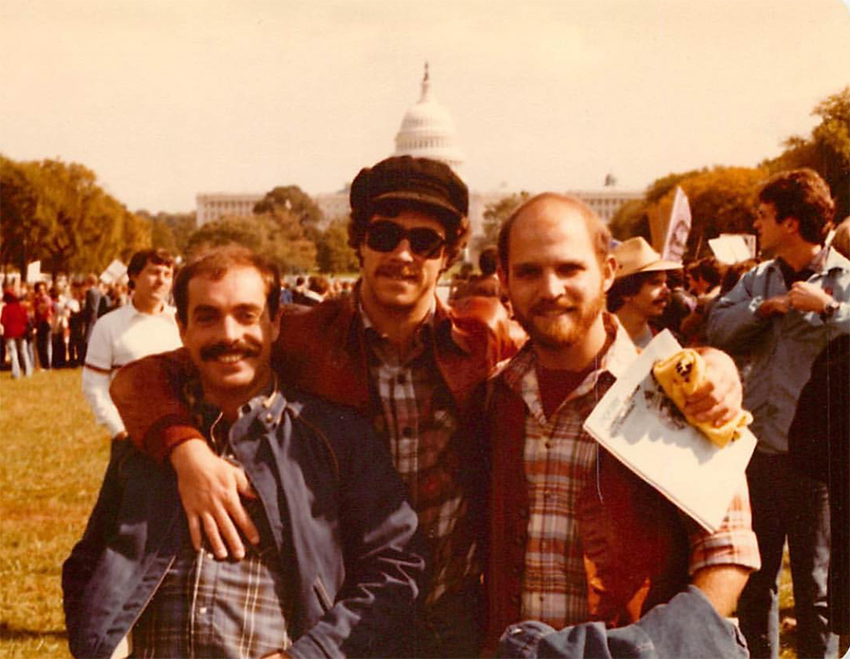
The first National March on Washington DC for Lesbian and Gay Rights, October, 1979 (Photo: Mike Balaban)
The small moments
‘So much of history captures the big moments,’ says Walker.
‘Why I think Mike’s photos resonate is because they capture the small stories – the everyday life. And when you go back to the gay community, not a lot of those small stories were captured. What was it like coming out in the 1980s? What did people go through?
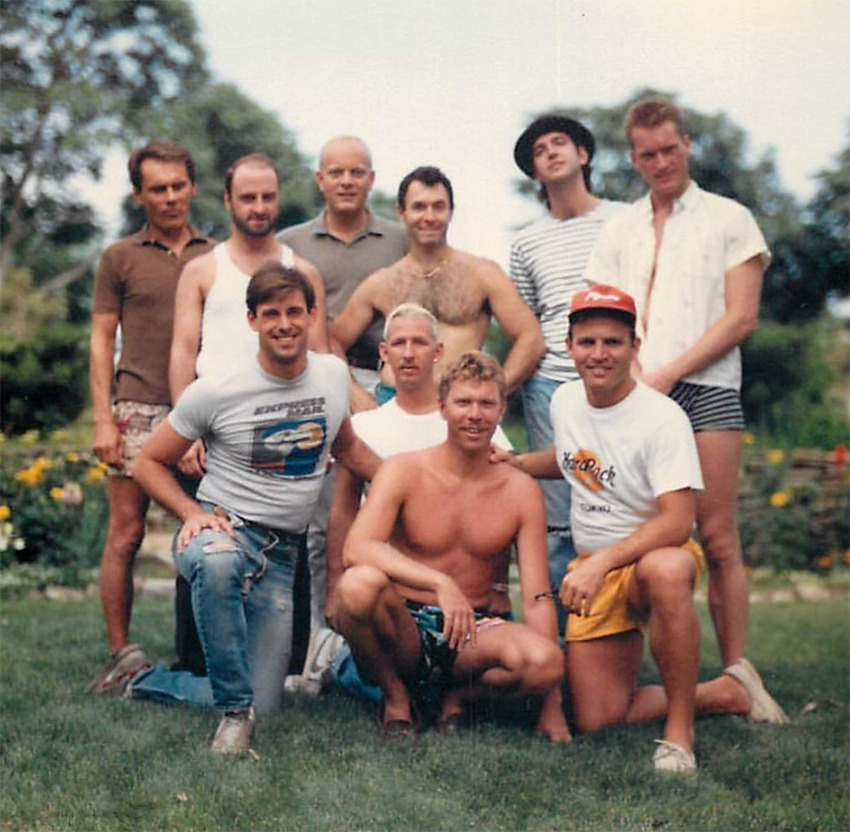
South Hampton, July 1986 (Photo: Mike Balaban)
‘And more and more when you talk to young people now, they don’t understand what we went through. That’s both the hard times and also the fabulous times. It’s kind of lost, so I think it’s important we get those stories down.’
Learning from the past
There’s certainly a growing thirst for gay history. LGBT History Months are a growing trend around the world, and Instagram accounts such as The AIDS Memorial and LGBT History are building loyal followings.
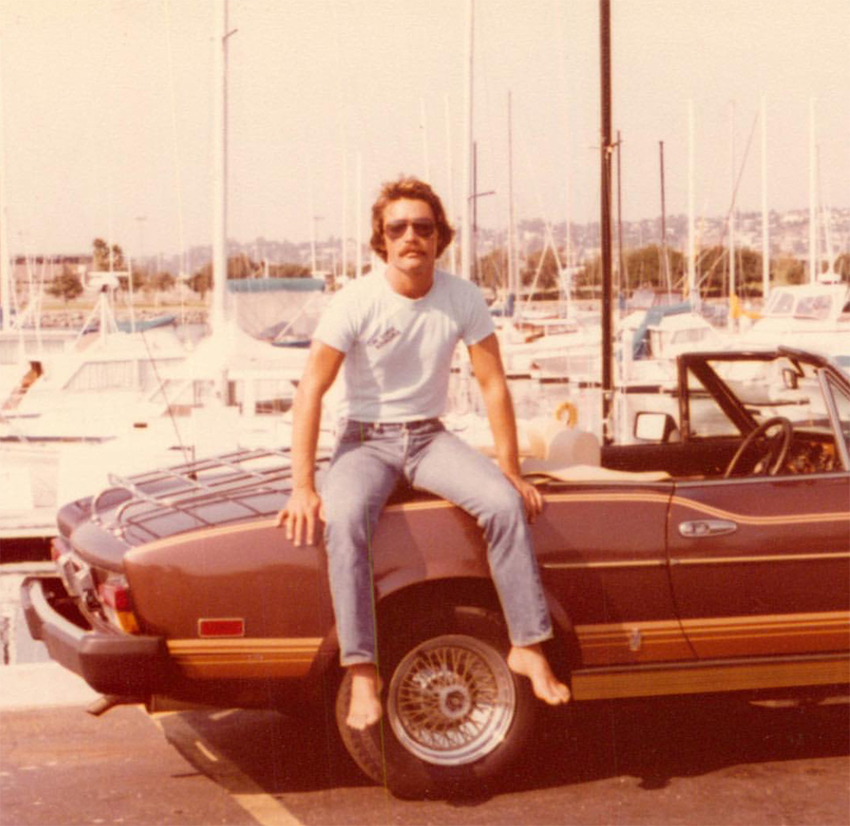
Bo, San Diego, 1979 (Photo: Mike Balaban)
Both men say they have been surprised by the reaction to Capturing Rainbows. Many younger guys have responded favorably.
‘I think youth are unsure on how to live in today’s life,’ speculates Balaban.
‘There are no places to meet. Everything’s transactional. There are no jobs waiting for them when they get out of college. They tend to live at home and are trying for internships. They’re really hungry for some guidance. And on some level we look to them like we’ve managed our way through life and succeeded. Are there any lessons for them?
Diminishing gay scene
Walker also decries the loss of physical communities. For all the beneficial way it’s changed our lives, he says ‘the internet is very isolating.
‘Here in Honolulu it’s very interesting. There are about two gay bars here. Thirty years ago there were 20-30 of them. And it’s not like there were more people drinking back then.
‘There were places people wanted to gather. I think there’s a desire, as much as we love mainstreaming and being a part of everyone else, a lot of what a gay person goes through in a culture is primarily heterosexual.
‘They’re always going to want some sort of reinforcement they’re not alone. The internet doesn’t really offer that in the same way as sitting with a bunch of people.’
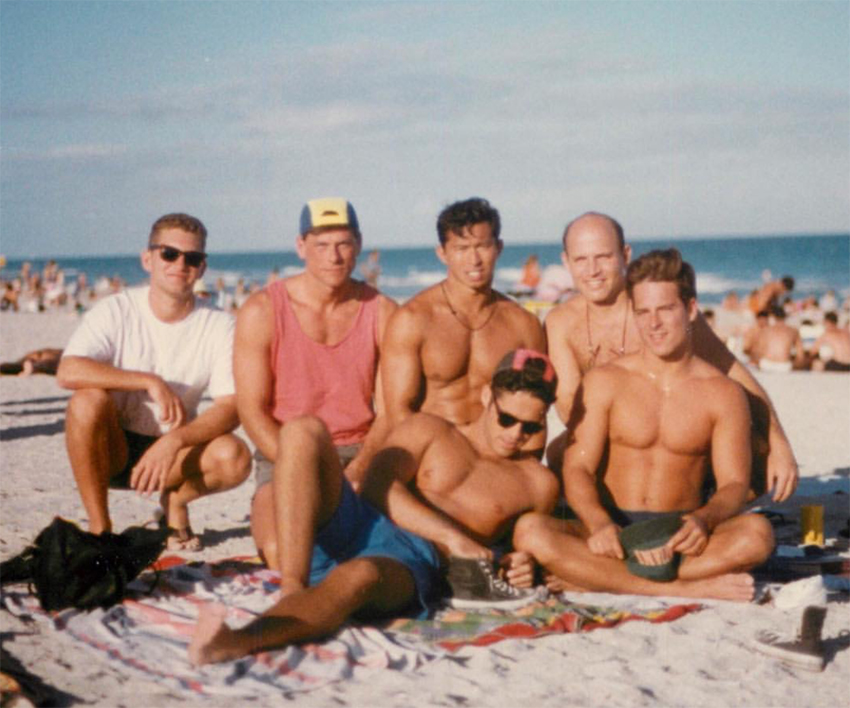
South Beach, Miami, January 1991 (Photo: Mike Balaban)
That said, they hope Capturing Rainbows will grow to offer a sense of community. They see it as an intergenerational project which will bring people together – perhaps offering the opportunity for mentorship. They believe this is something sadly lacking in the gay world.
Straight boys turn to their dads for advice, says Walker – but young gay men don’t always often that option.
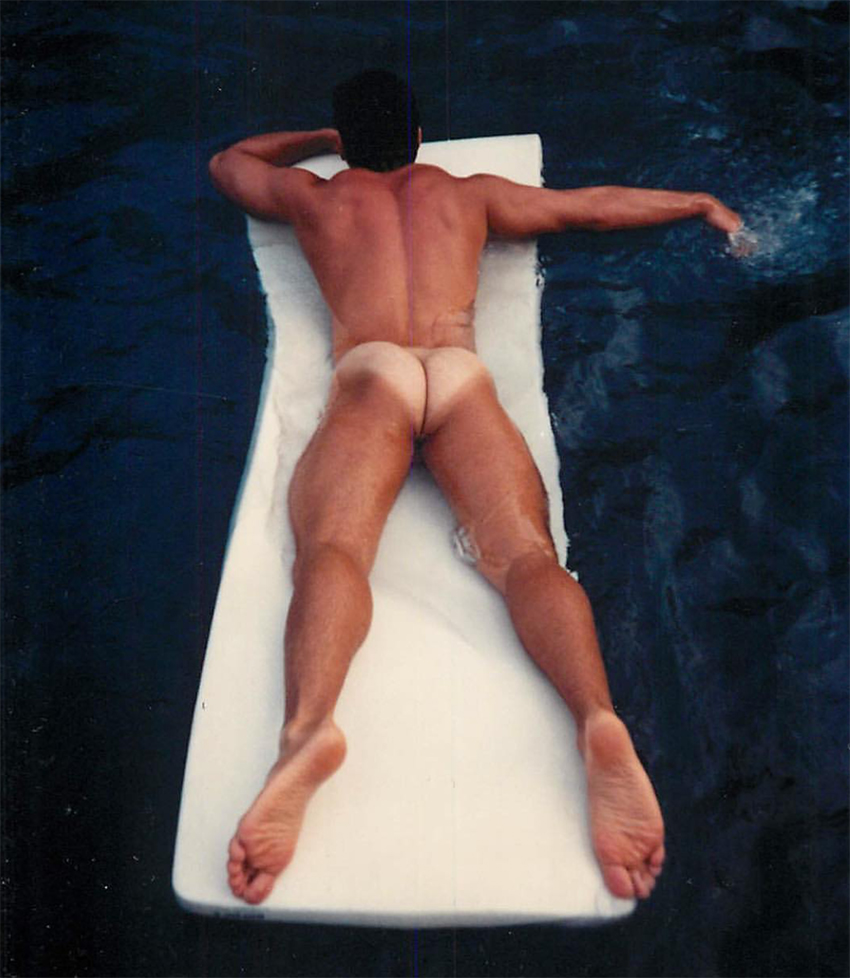
Gustavo, South Hampton, 1993 – more details at @Bammer47 (Photo: Mike Balaban)
Capturing rainbows, sharing stories
Capturing Rainbows was inspired by Balaban’s Instagram page of personal photos and text, but it has many contributors. One man recently shared a shocking story in its Facebook group of how, as a 12-years-old in 1997, his teacher forced him and the rest of his class write letters to Disney complaining about Ellen DeGeneres’ coming out.
Another man recounts how he had had to turn down the opportunity to befriend a 12-year-old boy who had reached out to him in 1974, telling him he was gay and was looking for guidance.
The man explains that he had wanted to meet the youth, simply to assure him ‘it gets better’, but he hadn’t dared, in case they were seen together and people presumed he had a sexual interest in the younger man.
Others talk of early sexual experiences, past boyfriends and loves. Balaban recently interviewed an 83-year-old man and his 78-year-old partner about their life together over the previous 56 years.
It is these lesser-known tales that vividly illustrate what life was like for LGBTI people in past decades. They’re often accompanied by photos which today look rather innocent. The subjects have not posed for dozens of selfies before settling on the right one and adding a filter.
‘I always say it’s like the difference between keeping a diary and writing a blog,’ says Walker of the photographs. ‘When you write a diary it’s for yourself. A blog is to present yourself in a certain image. So we want to be more on the diary side – just tell a story.’
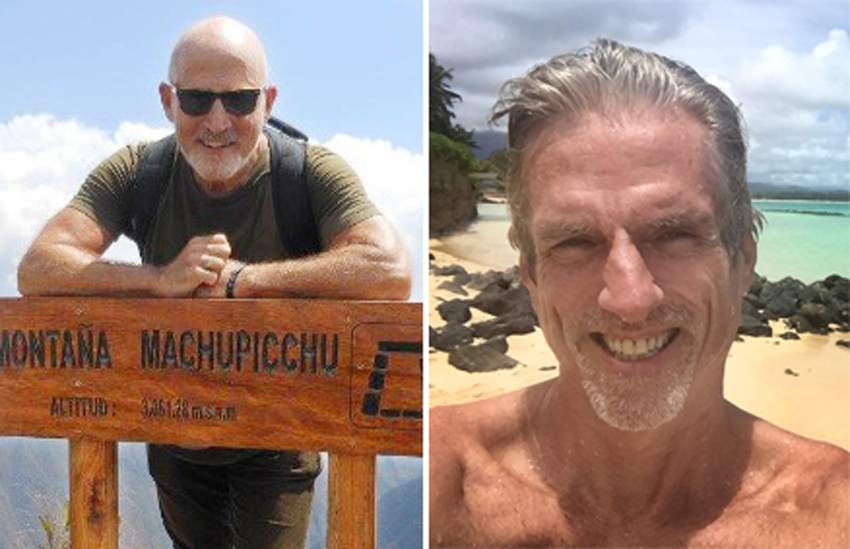
MIke Balaban and Tom Walker today (Photos: Supplied)
Building to a bigger community
Both want Capturing Rainbows to grow to become a comprehensive, historical repository. From this, an online, global community will hopefully build.
There may or may not be spin-off books or other initiatives, but that depends on how things develop. For now, they want people from all over the world to check out the site, join their Facebook group and tell their stories.
‘When you refer to a group of people as a statistic – so many people died of AIDS, etc, those numbers are abstract,’ says Walker. ‘But if you get one story from a gay kid coming to New York, those are the stories that resonate with people.’
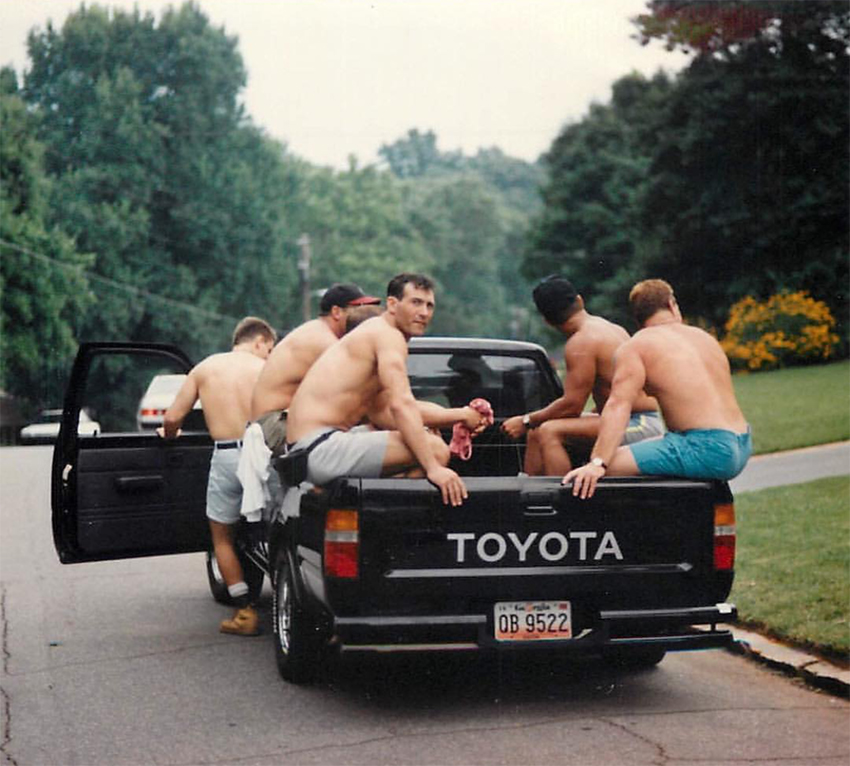
Men head home after a pool party in Atlanta, 1992 (Photo: Mike Balaban)
Mike Balaban writes that as he was leaving a Hotlanta pool party in August 1992, ‘I noticed a truck filled with beefy party goers also preparing to depart and snapped this photo. It was a sexy tableau which felt like a natural part of the American south (or west), where a culture of guns, trucks and country music still prevails. Even gay men (25 years ago, at least) adopt the icons of that dominant culture (in this case, the truck and work boots), proliferating their masculine allure.’
Read more stories at Capturing Rainbows.
See also
The day I met Princess Diana when she visited a London HIV center



